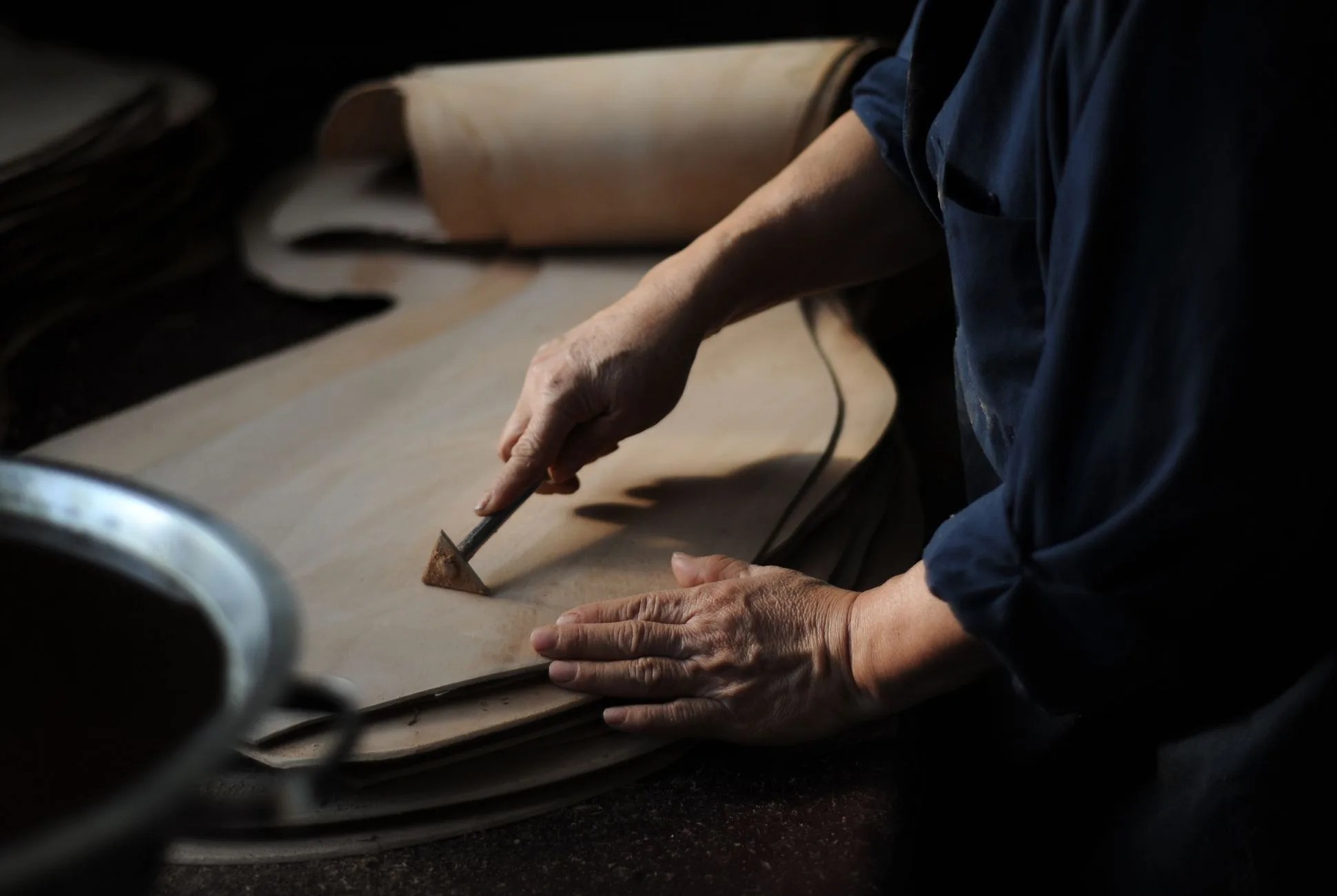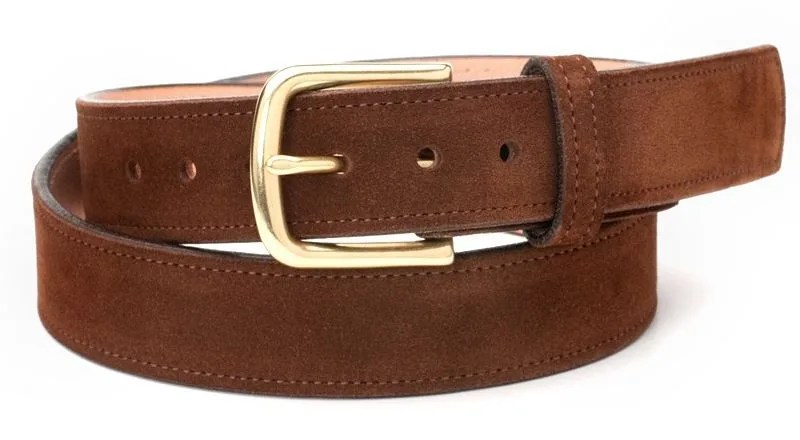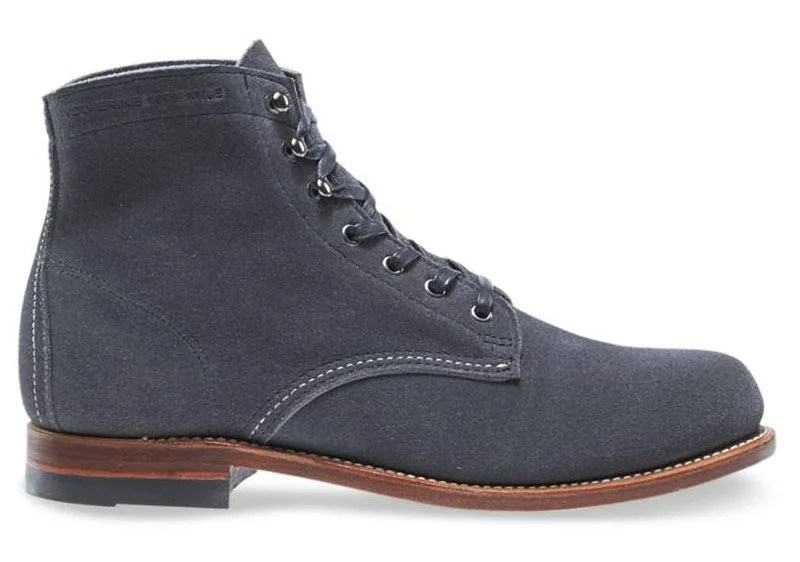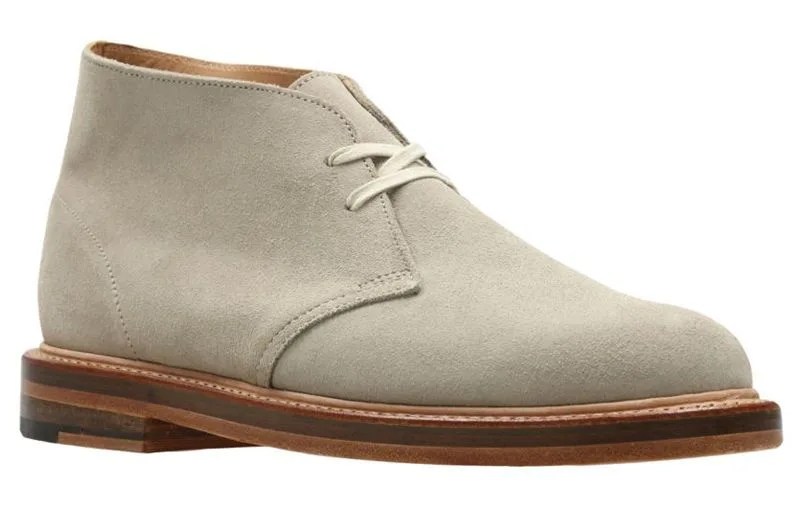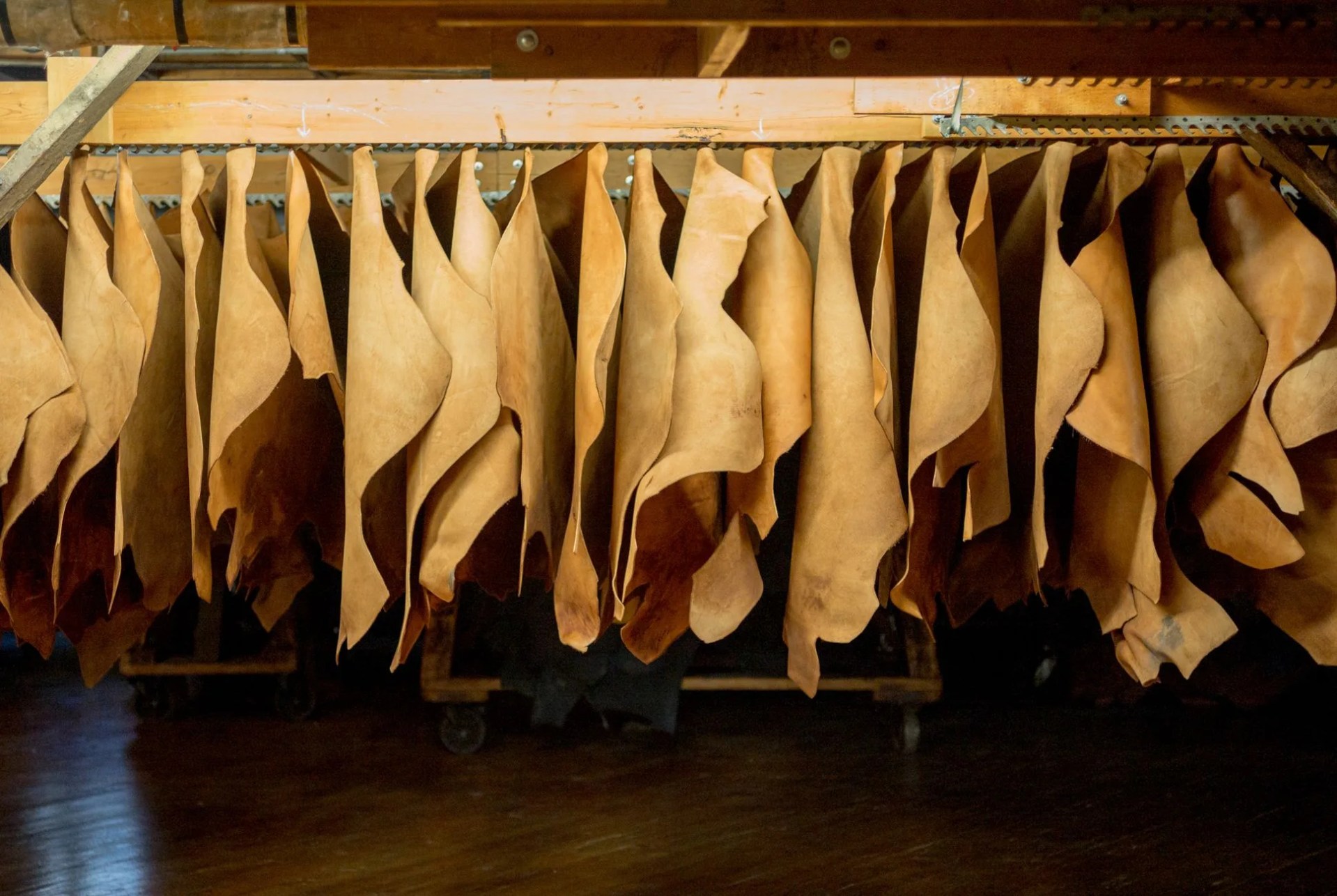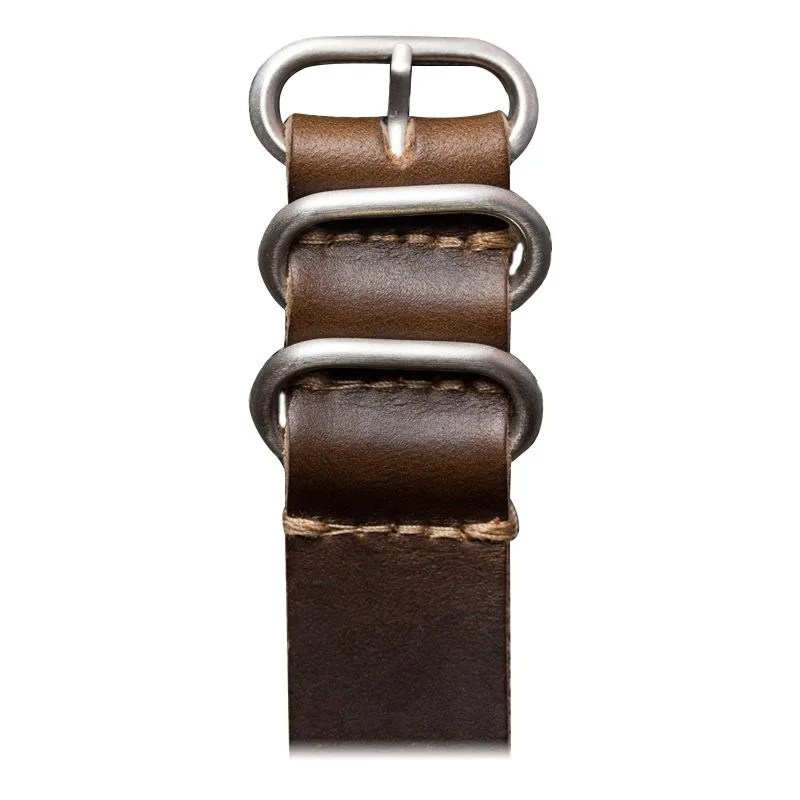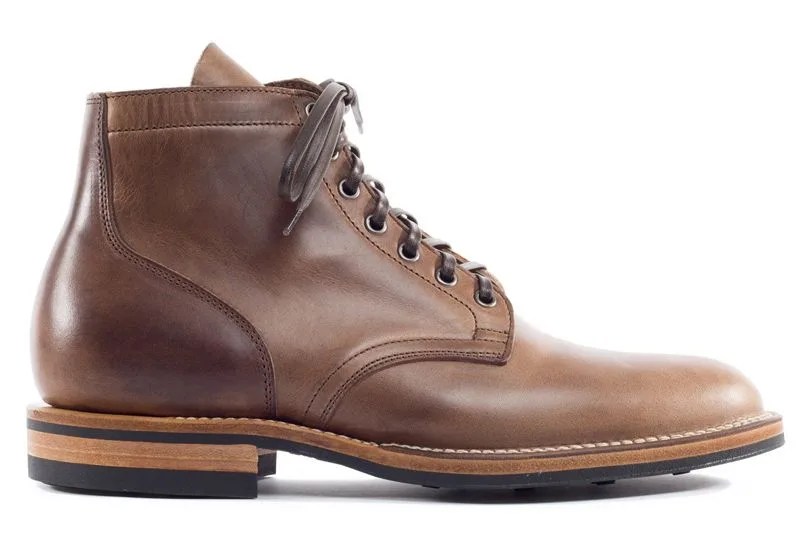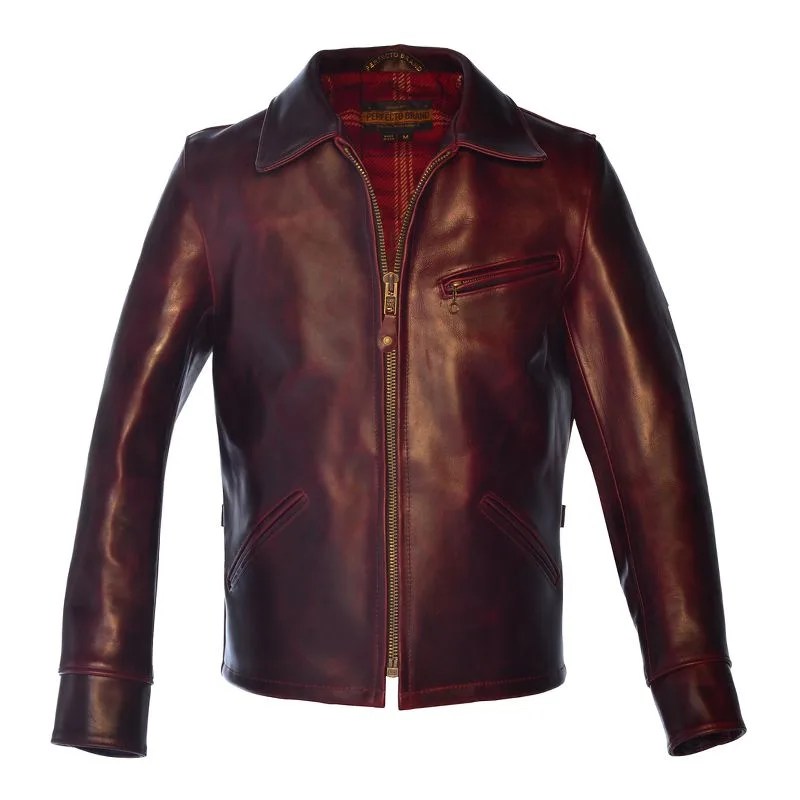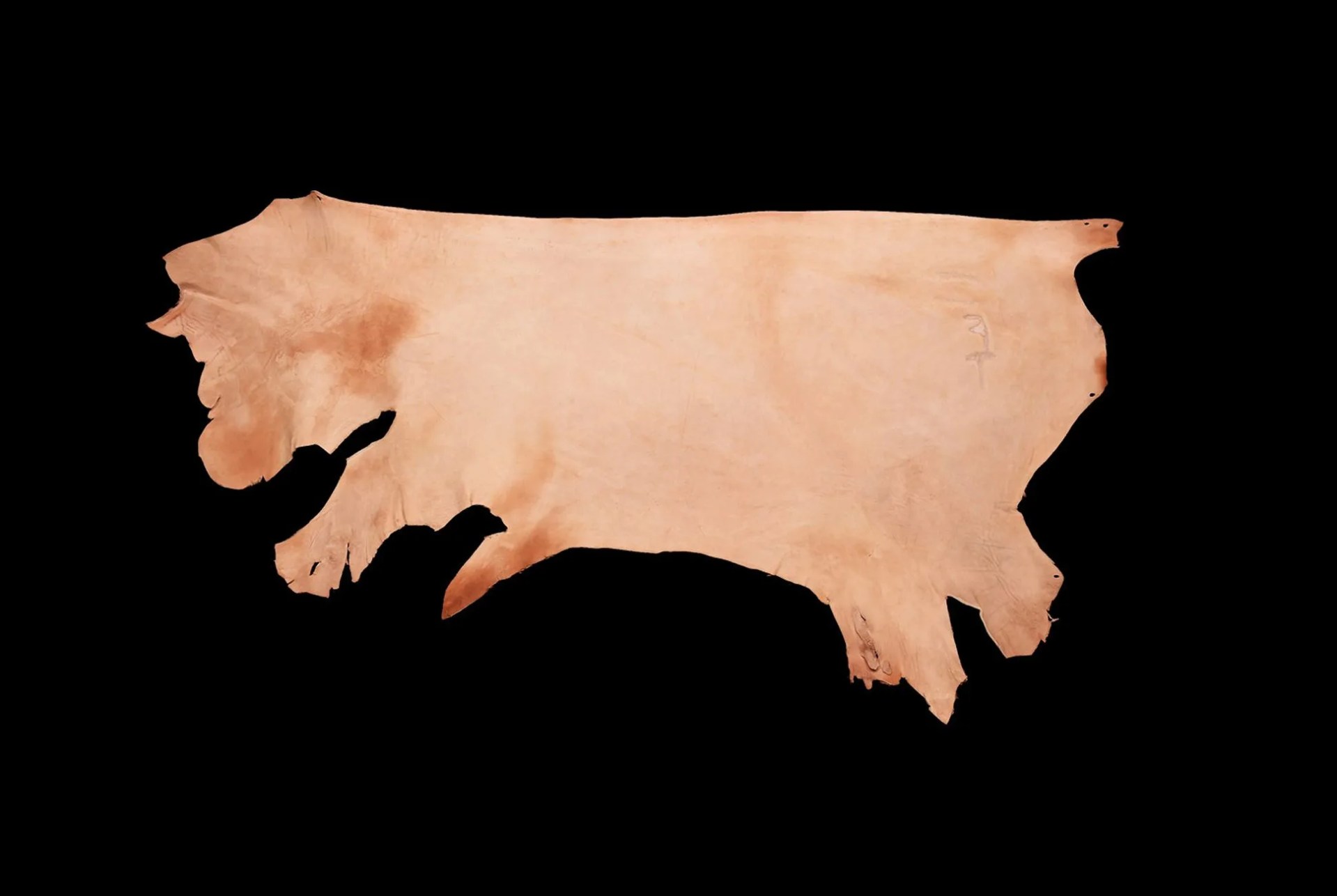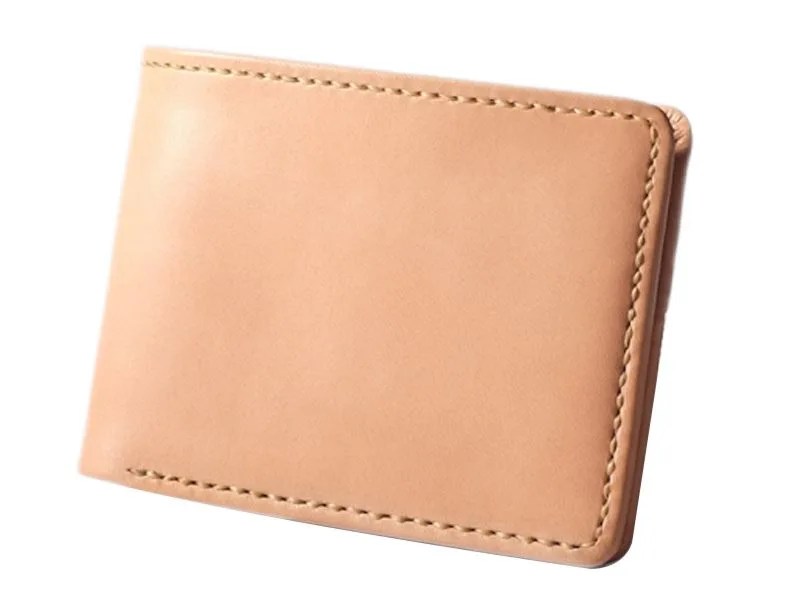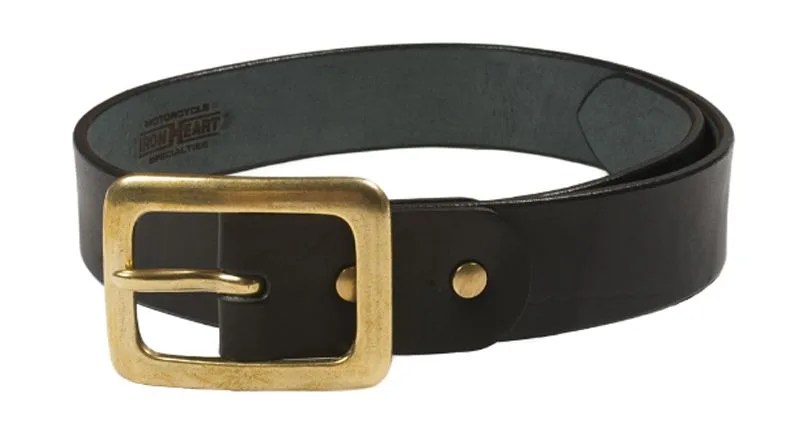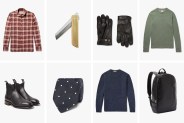The use of leather predates written history. Its importance in aiding the protection and survival of humans can’t be understated, and its continued prevalence in wardrobes speaks to its lasting relevance. It’s durable, tactile and develops a patina with use — but not all leathers are created equal.
From traditional companies practicing vegetable tanning to modern ones practicing chrome tanning, there are countless tanneries around the world making leather. Below are a few stand-out tanneries to look for when buying leather goods. They aren’t single-brand tanneries — like the incredible Böle Tannery in Northern Sweden or Red Wing’s S.B. Foot Tanning Company — and their leathers can be found in some of the best clothing and accessories for men.
About Tanning
Tanning is the process that turns animal hides into leather; it increases durability and prevents rot. A traditional form of tanning uses a solution of vegetable tannins (usually from trees such as oak or chestnut) to displace water from the collagen in hides. The process, known as vegetable tanning, is time-consuming and requires a skilled craftsperson — but the resulting leather maintains a natural hue that will develop a unique patina with use.
Over the last 150 years, vegetable tanning has been largely replaced by chrome tanning. This process uses mineral tanning agents to remove water from the collagen in hides and can be automated and finished in a relatively short period of time. Chrome tanning uses more chemicals than vegetable tanning, so if it is not properly managed, it can negatively affect the environment. Chrome-tanned leather can be more supple than vegetable tanned leather, and it is slower to patinate than vegetable-tanned leather.
Charles F. Stead Leather
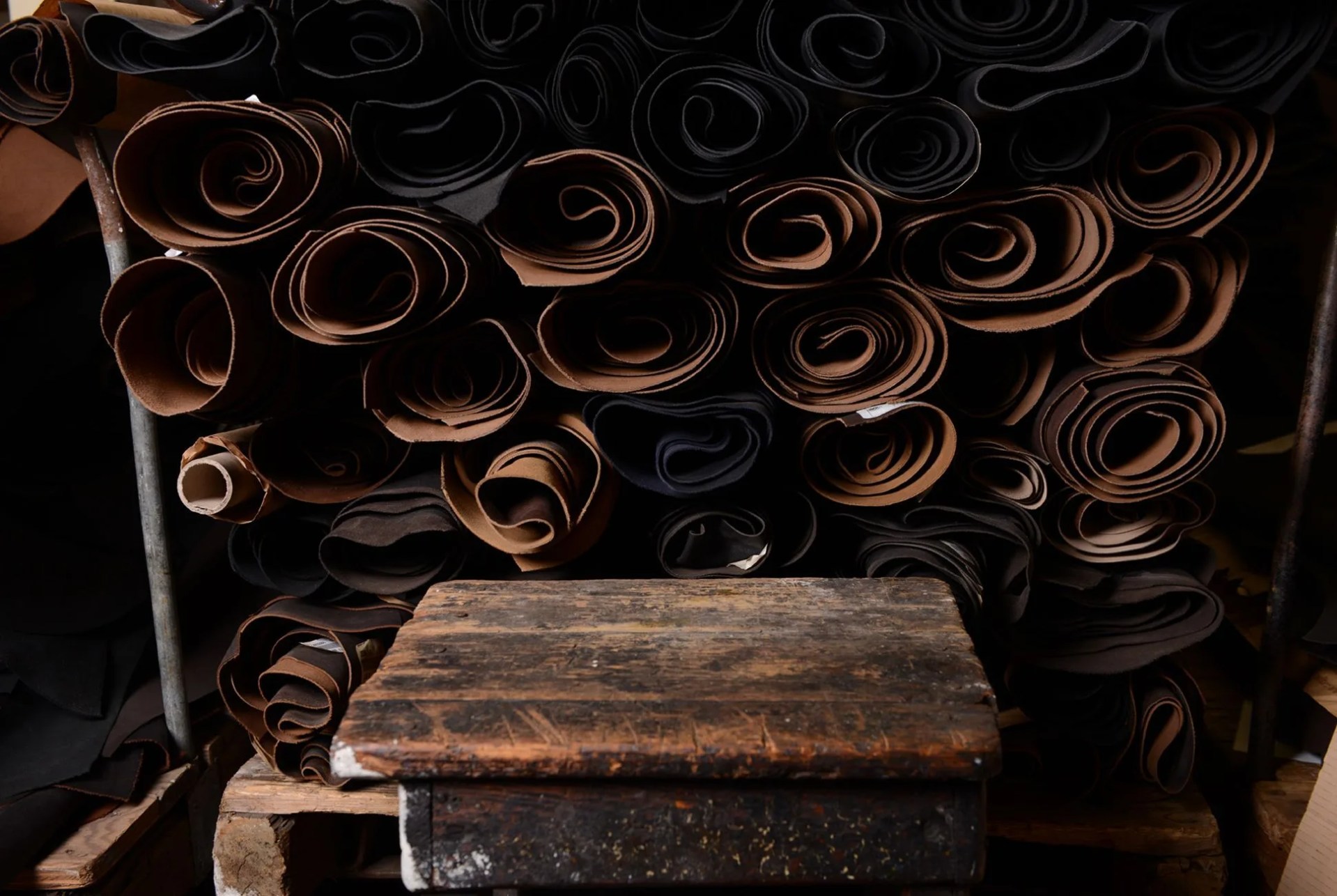
Leeds, England, UK: Founded in the mid-1890s, Charles F. Stead Leather is one of the premier suede tanneries in the world. The leather is prided for having a tight fiber structure that will age well, and uses specific tannage developed for this characteristic.
